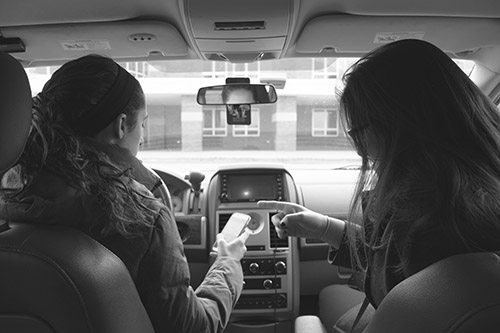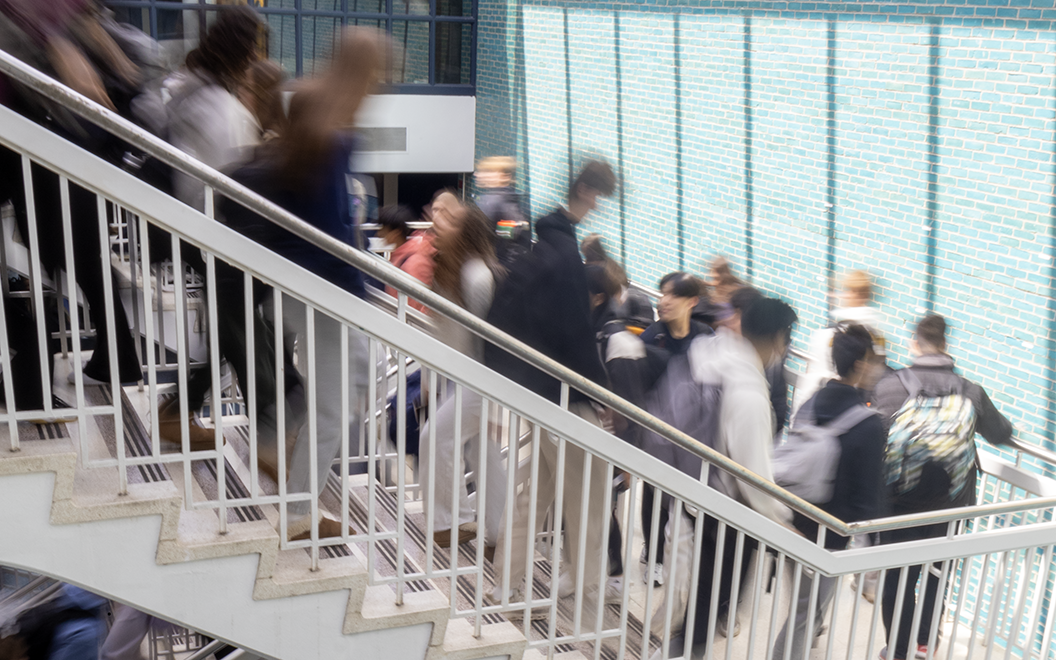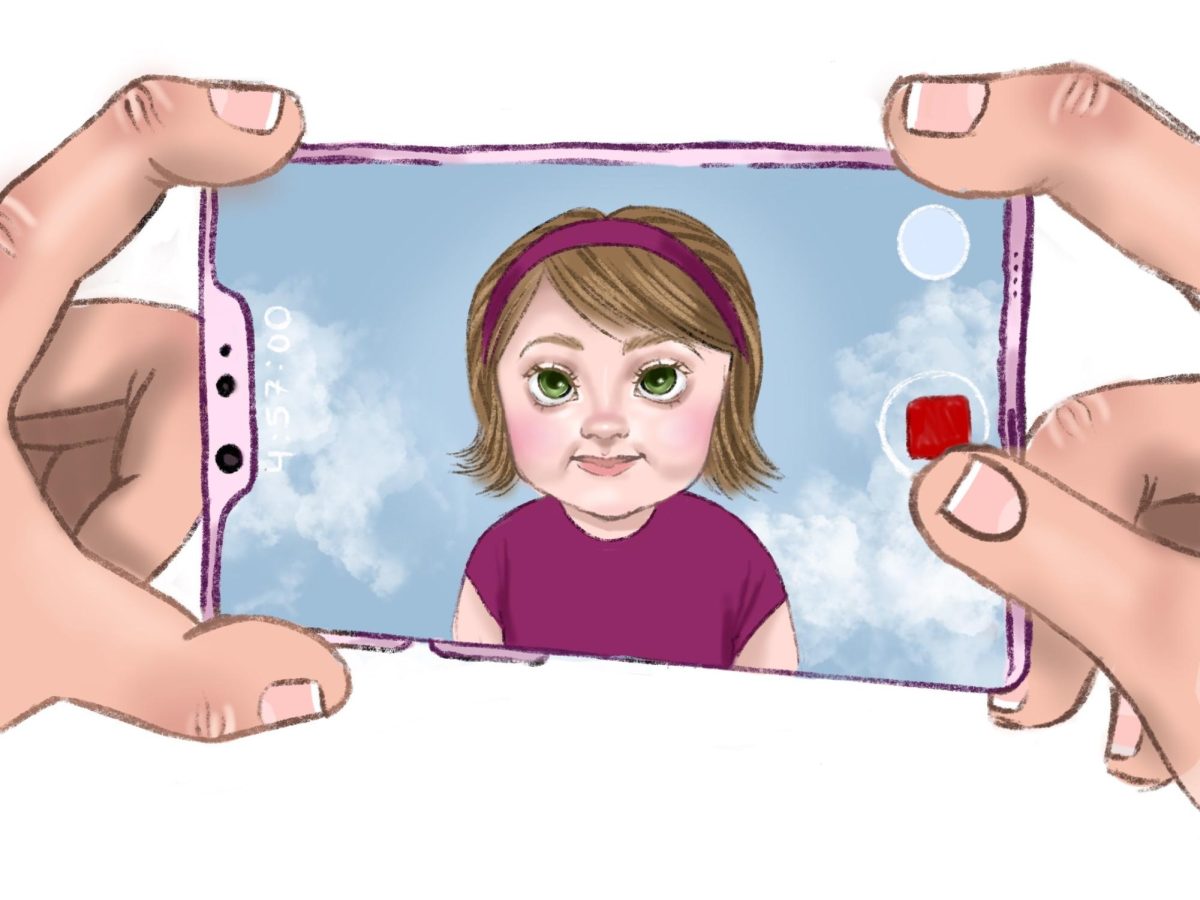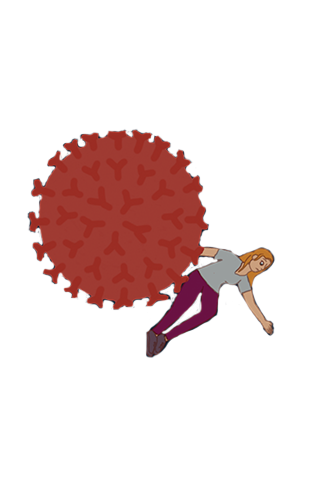Emma Hartman, former South student and daughter of South Social Worker David Hartman, is thought to have been in the middle of sending a text message when her car crossed a highway median into oncoming traffic. Emma was killed on impact in a collision with a semi-truck on Dec. 29.
In light of these recent events, the Oracle’s Editorial Board would like to stress the importance of practicing safe behaviors while driving.
“How many of us have been driving and texting or on the phone and looked up and been like, ‘oh, s#!%’, because you’re drifting a little? Or because there’s a light?” Hartman asked. “Something happens and you’re really not paying enough attention. How many of us? How far is the distance between that moment and the one that Emma had?”
How many of us? According to a non-scientific Oracle-conducted survey of 183 student drivers and 30 faculty members, 55 percent indicated that they have texted while driving. Given the fact that over half of those surveyed text while driving, any one of us could have been victims of an accident as tragic as Emma’s, whether we are the distracted drivers or the ones who they endanger.
Texting is by no means the only possible distraction we encounter while driving; tuning into the radio, navigating or even applying makeup are all habits that pull our attention away from the road. This not only puts our lives at risk, but it places those with whom we share the road in harm’s way as well.
While we recognize that some believe that they are able to multitask cautiously while behind the wheel, drivers cannot divide their attention and still drive safely. In a study done by the National Highway Traffic Safety Administration (NHTSA), driving a vehicle while texting was proven to be approximately six times more dangerous than driving while intoxicated.
The perils of distracted driving–drifting into another lane and delayed reaction time, to name a few–have been preached to us many a time, but as a group of young drivers, we have witnessed and even ourselves have engaged in the dangerous act.
While it shouldn’t take the death of one of our peers to make us realize the foolishness of our perceived invulnerability, the onus is now upon us to take the steps to change our behaviors while behind the wheel.
One of the ways that the phones that distract us can also help us change our behavior is by downloading apps that help us to not pick up our phones while driving. For example, one of the apps that members of the Editorial Board have utilized is “AT&T DriveMode”. This app, among others, silences incoming text messages and auto-replies to the messages saying the receiver is driving.
If you choose not to download this app, the Editorial Board strongly suggests that you turn your phone off, turn it on “do not disturb” or place it in an inaccessible part of your car.
Even with these ways to reduce distraction levels on the driver’s end, the reality is that there are two people engaged in every text message or phone call. Though the responsibility of not picking up the phone is entirely on the driver, we realize that it has become almost instinctual to pick up our phones the second we hear a ding or beep.
That being said, we suggest that even those who are not driving recognize when people they are conversing with are. If the driver is not receiving pestering texts, a large part of the dangerous distraction is removed completely.
Although distracted driving is perhaps more commonly associated with teenagers, adult drivers are guilty as well. How many teachers or parents have texted or simply been distracted by their phones while in the car with their child?
You’re not alone. Forty-eight percent of young drivers have seen their parents on a phone while driving, according to textinganddrivingsafety.com.
In order to help change the habit of texting and driving, the Editorial Boards suggests that passengers should hold drivers accountable for the safety of everybody in the car. Just as you would condemn someone for driving under the influence, you should do the same for somebody driving while ‘intexticated’.
To prevent tragedies like Emma’s, it is up to all drivers to not only practice safe driving themselves, but also to set proper examples for future drivers.
“If Emma’s beautiful smiling face and a car that is now two-feet wide […] can help us text and drive less, let that [be a lesson],” Hartman said. “How can we take a breath and step back from the immediacy of our communications to understand that there’s just too much danger there to [respond] immediately? It can wait.”














